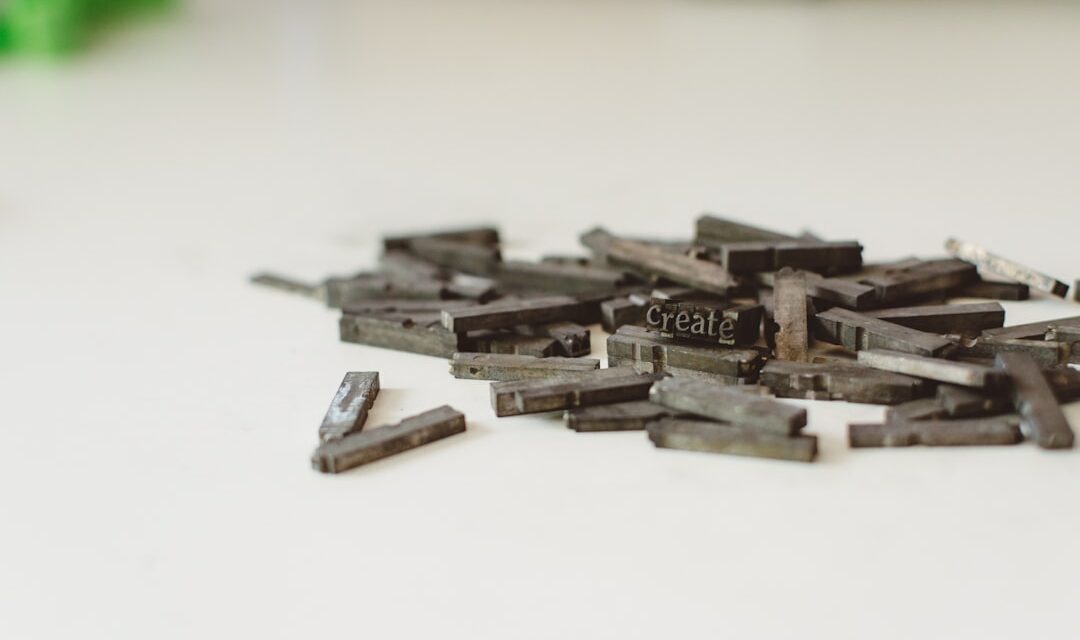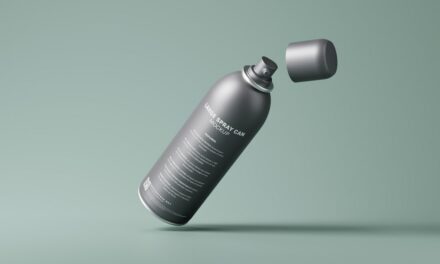Relief printing is a printmaking technique that involves creating an image by inking a raised surface and transferring that ink onto paper or another substrate. The fundamental principle behind relief printing is that the areas of the printing plate that are raised will receive ink, while the recessed areas remain ink-free. This method can be traced back to ancient civilisations, where it was used for both artistic expression and practical applications, such as printing textiles and creating decorative patterns.
The most common forms of relief printing include woodcut, linocut, and letterpress. Each of these methods employs a similar principle but varies in terms of materials and techniques used. In woodcut, for instance, artists carve their designs into a block of wood, while linocut uses a softer linoleum surface.
The versatility of relief printing allows for a wide range of artistic styles, from bold, graphic images to intricate, detailed designs. This technique not only serves as a means of artistic expression but also plays a significant role in the history of printmaking and the dissemination of information.
Summary
- Relief printing is a technique where the image to be printed is raised from the background, allowing for the transfer of ink onto paper or fabric.
- Relief printing has a long history, dating back to ancient civilizations such as the Egyptians and Chinese, and has been used for various purposes including religious texts and decorative art.
- Tools and materials for relief printing include linoleum or wood blocks, carving tools, ink, brayers, and paper or fabric for printing.
- The process of relief printing involves carving the image into the block, applying ink to the raised surface, and then transferring the image onto paper or fabric using pressure.
- Different types of relief printing include woodcut, linocut, and letterpress, each with its own unique characteristics and techniques.
History of Relief Printing Technique
The origins of relief printing can be traced back to ancient China, where woodblock printing was developed as early as the 2nd century AD. This technique allowed for the mass production of texts and images, significantly impacting the spread of knowledge and culture. The earliest known printed book, the “Diamond Sutra,” was produced using woodblock printing in 868 AD.
As this technique spread along trade routes, it influenced various cultures, including those in Japan and Europe. In Europe, relief printing gained prominence during the Renaissance period, particularly with the advent of movable type printing by Johannes Gutenberg in the 15th century. Gutenberg’s invention revolutionised the way information was disseminated, making books more accessible to the general public.
The combination of woodblock illustrations and movable type allowed for richly illustrated texts that appealed to a wider audience. Over time, relief printing evolved into various forms, including letterpress and linocut, each contributing to the rich tapestry of printmaking history.
Tools and Materials for Relief Printing
To embark on a relief printing project, one must gather specific tools and materials that are essential for the process. The primary tool is the printing block itself, which can be made from wood, linoleum, or other materials. Woodblocks are often preferred for their durability and ability to hold fine details, while linoleum is favoured for its ease of carving and smooth surface.
Artists may also use soft-cut materials that allow for more intricate designs without the need for extensive carving. In addition to the printing block, other essential tools include carving tools such as gouges and knives for shaping the design. A brayer or roller is necessary for applying ink evenly across the raised surface of the block.
Ink is another critical component; relief printing typically uses oil-based or water-based inks that adhere well to the raised areas. Finally, paper is required for transferring the image; artists often choose high-quality printmaking paper that can withstand the pressure of the printing process without tearing or warping.
The Process of Relief Printing
The relief printing process begins with designing the image that will be transferred onto the block. Artists often sketch their designs on paper before transferring them to the block surface. Once the design is finalised, it is carved into the block using various tools.
The areas that are intended to remain white or uninked are carefully removed, leaving behind a raised surface that will receive ink. After carving, the next step involves inking the block. This is done by applying ink with a brayer or roller, ensuring an even coat across the raised areas while avoiding excess ink in the recessed parts.
Once the block is adequately inked, it is pressed onto paper to transfer the image. This can be done using a printing press or by hand, depending on the artist’s preference and available resources. The pressure applied during this stage is crucial; too little pressure may result in an incomplete print, while too much can cause smudging or distortion.
Different Types of Relief Printing
Relief printing encompasses several distinct techniques, each with its unique characteristics and applications. Woodcut is one of the oldest forms of relief printing, where artists carve their designs into a wooden block. This method allows for bold lines and striking contrasts, making it ideal for graphic illustrations and large prints.
Linocut is another popular form of relief printing that utilises linoleum as the printing surface. The softness of linoleum makes it easier to carve intricate designs compared to wood. Artists often favour linocut for its versatility and ability to produce both detailed images and bold patterns.
Additionally, there are variations such as reduction linocut, where multiple colours are printed from a single block by progressively carving away sections after each colour application. Letterpress printing is a form of relief printing that involves arranging individual letters or images on a press to create text-based designs. This technique was widely used for book production before digital typesetting became prevalent.
Each letter is raised above the surface, allowing for precise alignment and consistent impressions on paper.
Famous Artists Who Used Relief Printing
Throughout history, numerous artists have embraced relief printing as a medium for their creative expression. One notable figure is Albrecht Dürer, a German Renaissance artist renowned for his intricate woodcuts that showcased his mastery of line and detail. Dürer’s works often combined religious themes with naturalistic elements, making them highly sought after during his time.
Another prominent artist in the realm of relief printing is Katsushika Hokusai, a Japanese ukiyo-e master known for his stunning woodblock prints depicting landscapes and scenes from everyday life. His iconic work “The Great Wave off Kanagawa” exemplifies the beauty and technical prowess achievable through woodblock printing. Hokusai’s influence extended beyond Japan, inspiring Western artists and contributing to the global appreciation of Japanese printmaking techniques.
In more contemporary contexts, artists like Andy Warhol have utilised relief printing methods to create iconic pop art pieces. Warhol’s use of silkscreen printing—a technique closely related to relief printing—allowed him to produce multiple copies of his works quickly and efficiently, further blurring the lines between fine art and commercial production.
Advantages and Limitations of Relief Printing
Relief printing offers several advantages that make it an appealing choice for artists and printmakers alike. One significant benefit is its accessibility; many relief printing techniques require relatively simple tools and materials that can be found easily or created at home. This makes it an excellent option for beginners looking to explore printmaking without a substantial financial investment.
Moreover, relief printing allows for a high degree of creativity and experimentation. Artists can easily manipulate their designs by altering ink colours or layering prints to create unique effects. The tactile nature of carving also provides a satisfying hands-on experience that many artists find rewarding.
However, relief printing does come with its limitations. The process can be time-consuming, particularly when carving intricate designs or preparing multiple colours for a print series. Additionally, achieving consistent results can be challenging; variations in pressure during printing or inconsistencies in ink application may lead to unexpected outcomes.
Furthermore, while relief printing can produce bold images with strong contrasts, it may not be suitable for capturing fine details or subtle tonal variations as effectively as other printmaking techniques like etching or lithography.
How to Get Started with Relief Printing
For those interested in exploring relief printing, getting started requires only a few essential steps and materials. First, one should gather basic tools such as carving tools (gouges or knives), a brayer for inking, a suitable printing block (wood or linoleum), ink (oil-based or water-based), and high-quality paper for printing. Once equipped with these materials, aspiring printmakers can begin by sketching their designs on paper before transferring them onto their chosen block material.
It’s advisable to start with simple shapes or patterns to build confidence before progressing to more complex images. Carving should be approached with care; taking time to understand how different tools affect the material will lead to better results. After completing the carving process, artists can experiment with inking their blocks using a brayer to achieve an even coat before pressing onto paper.
It’s beneficial to practice different techniques such as varying pressure or experimenting with multiple colours through reduction methods to discover personal preferences and styles. Joining local printmaking workshops or online communities can also provide valuable insights and support from fellow artists who share similar interests in relief printing techniques. Engaging with others can inspire new ideas and foster creativity while enhancing one’s skills in this timeless art form.
If you’re intrigued by the relief printing technique and its artistic applications, you might find it fascinating to explore how individual artists have incorporated unique styles into their work. For instance, the innovative approaches of artists like Piet Mondrian, who is renowned for his abstract compositions, can provide a deeper understanding of the interplay between technique and artistic expression. To delve further into Mondrian’s distinctive style and how it might relate to various art techniques, including relief printing, consider reading An Introduction to the Artist Piet Mondrian. This article offers insights into his methodology and could enhance your appreciation of how different techniques are employed in modern art.




